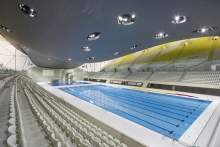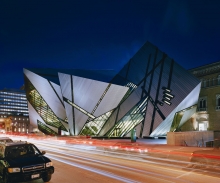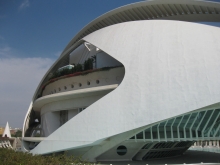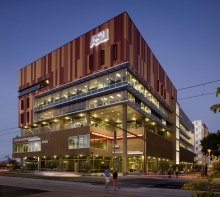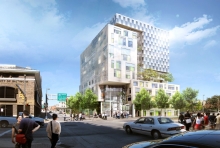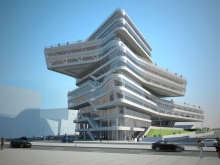London 2012: Aquatics Centre by Zaha Hadid
Zaha Hadid’s building at the London 2012 Olympic Park is more than simply an aquatic center: it will factor largely into the public experience of the Olympic Games.
For the gateway to London’s Olympic Park, internationally acclaimed architect Zaha Hadid was selected to design one of her signature sculptural buildings. Hadid's London Aquatics Centre will be the venue for Swimming, Diving, Synchronized Swimming, Paralympic Swimming, and the aquatic portion of the Modern Pentathlon. It is scheduled to host 192 events in all.
